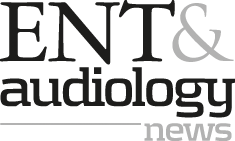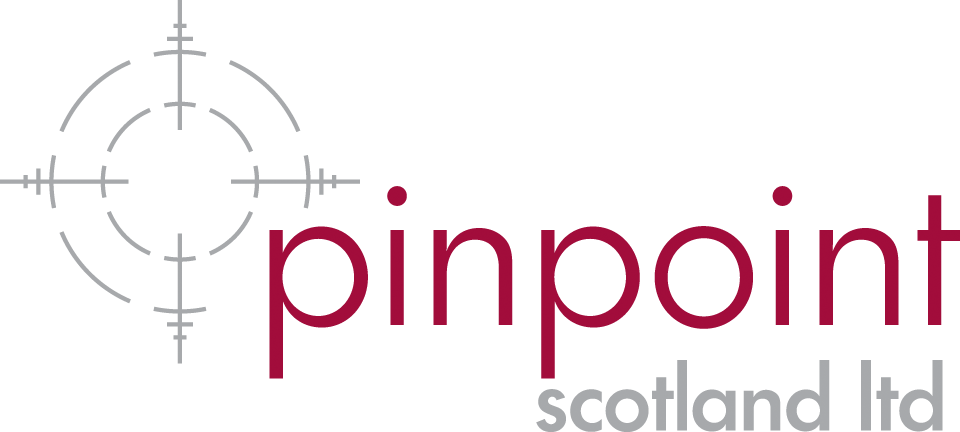With much of the world in full or partial lockdown and social-distancing measures in full swing, the COVID-19 crisis has sparked renewed interest in remote teleaudiology services.
Modern teleaudiology platforms, now offered by all major hearing aid brands, offer audiologists a convenient way to maintain service continuity at a time when in-office follow-ups are no longer possible, or desirable, for many. I recently reviewed the teleaudiology platforms offered by Signia, Phonak, Widex, Starkey, ReSound, and Oticon, and compiled a Remote Care Brand Comparison to catalogue my findings, which I have summarised here.
Identifying remote care clients
Before COVID-19, most audiologists did not offer teleaudiology services, either because they were not “equipped” to provide remote services, or because they felt such services were not “applicable or effective” for their client base [1]. However, prolonged social distancing has led to increased adoption of teleaudiology services [1], and many audiologists are only now starting to identify which of their existing patients may be targets for remote care.
While any patient with a smartphone and internet connection may receive face-to-face counselling via Zoom, Skype, Google Meet, etc, patients that wish to receive a remote hearing aid adjustment will need to have the right hearing aids and a compatible Android or iOS device.
To determine whether a patient is a candidate for receiving remote adjustments, you’ll need to consult the manufacturer’s published requirements (or my table at the end of this article) to ensure that the patient has an appropriate smartphone (or tablet) and compatible hearing aids. For example, to use Signia’s remote care solution, the patient would need to have Xperience or Nx hearing aids, and an iPhone or iPad with iOS version 9.3 or higher, or an Android device running 5.0 or higher.
“Given the lockdown situation, upgrading hearing aid firmware remotely seems like a nice capability”
Comparing the options
Remote care platforms are available from every major hearing aid brand in 2020. In each case, a desktop-based application is used by audiologists to connect remotely with their patients via a companion smartphone app. While this general technological approach is similar across the board, there are many notable differences from one brand to the next.
Real-time adjustments over video
Five out of six major hearing aid brands (all but Starkey) now offer remote care solutions that support video teleconferencing and real-time fine-tuning capabilities. This means audiologists can make real-time adjustments to their patients’ hearing aids while counselling remotely via face-to-face video chat. Signia, Widex, and ReSound also offer remote feedback calibration and Phonak, Widex, and ReSound offer remote in-situ threshold testing capabilities. Most manufacturers now support real-time adjustments over video on Android and iOS devices, with ReSound currently limited to iOS devices.
Asynchronous adjustments
Some practitioners prefer to engage their patients in a more asynchronous manner. With the asynchronous approach, a patient uses their hearing aid’s app to submit a request for assistance, and after some time, the patient receives a response from their audiologist. The response typically comes in the form of a downloadable hearing aid adjustment, which the patient downloads and applies to their hearing aids. ReSound and Starkey offer full fine-tuning asynchronously, and Signia offers limited fine-tuning asynchronously. Signia and ReSound are the only two brands to offer both real-time and asynchronous options.
Communication capabilities
There are four primary means of communication offered by today’s remote care apps. As discussed, video calls are the primary communication method, but Signia, Phonak, and Oticon offer audio-only calls as well. Signia, Phonak, ReSound, and Oticon also offer text-based chat systems. Starkey is currently limited to asynchronous service requests as the only means of communication.
Hardware accessories
When using the Widex Remote Care app, the patient needs to have a hardware accessory (the REMOTE LINK) in order to conduct remote programming sessions. No other brand currently requires an accessory. However, this limitation is also a strength, as it allows the audiologist to do real-time fine tuning, feedback calibration, and in-situ audiometry with almost every patient, regardless of whether the patient has an Android or iOS device. No other brand offers this level of flexibility.
Other factors
When evaluating the available remote care solutions, I found a few differences worth mentioning. Given the lockdown situation, upgrading hearing aid firmware remotely seems like a nice capability. This is currently possible with Widex (Android and iOS) and ReSound (iOS only). Widex and Starkey also offer a very interesting feature, which is the ability to diagnose hardware faults via an automated hearing aid self-check. Currently both offer mic, speaker, and internal noise checks.
“Remote care is a relatively new and rapidly changing area of audiology, and the COVID-19 pandemic is only accelerating the rate of change”
While most brands have added remote care functionality to their existing general-purpose apps, Widex and Oticon have both created separate consumer apps to deliver remote care functionality. This means the patient will have one app for remote control functionality and another for remote care sessions.
In summary
Remote care is a relatively new and rapidly changing area of audiology, and the COVID-19 pandemic is only accelerating the rate of change. Aside from offering remote care solutions, many manufacturers have partnered with the likes of HearX and SHOEBOX to offer audiologists a way to screen hearing remotely. And, taking it a step further, Signia recently launched a new initiative that offers to send pre-programmed hearing aids directly to a patient’s home following an online screening and consultation.
At Hearing Tracker, we have a behind-the-scenes view of what the manufacturers are working on, and I can assure you, more changes are on the way. We will be updating our page on remote hearing care as the field develops.

Reference
1. The Hearing Review. Results of the Covid-19 Impact Survey #2 (April 9-17) for Hearing Healthcare Practices.
www.hearingreview.com/practice-building/
marketing/surveys-statistics/results-of
-covid-19-impact-survey-2-april-8-16
-for-hearing-healthcare-practices
Last accessed May 2020.
Declaration of Competing Interests: Whilst the author received no payment from any company for this article, Hearing Tracker Inc has received payment from each of the manufacturers discussed for various services, including marketing and research.





